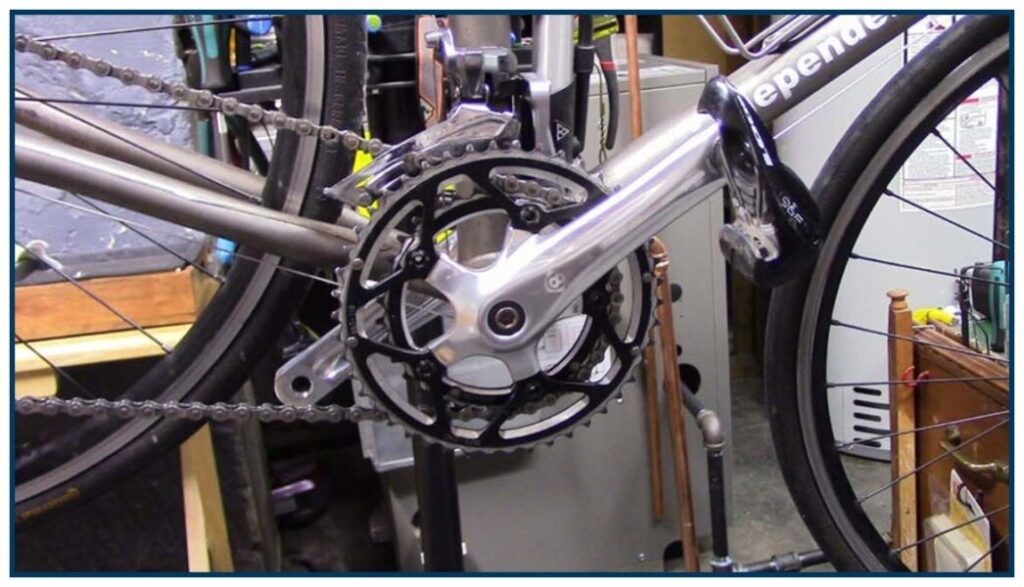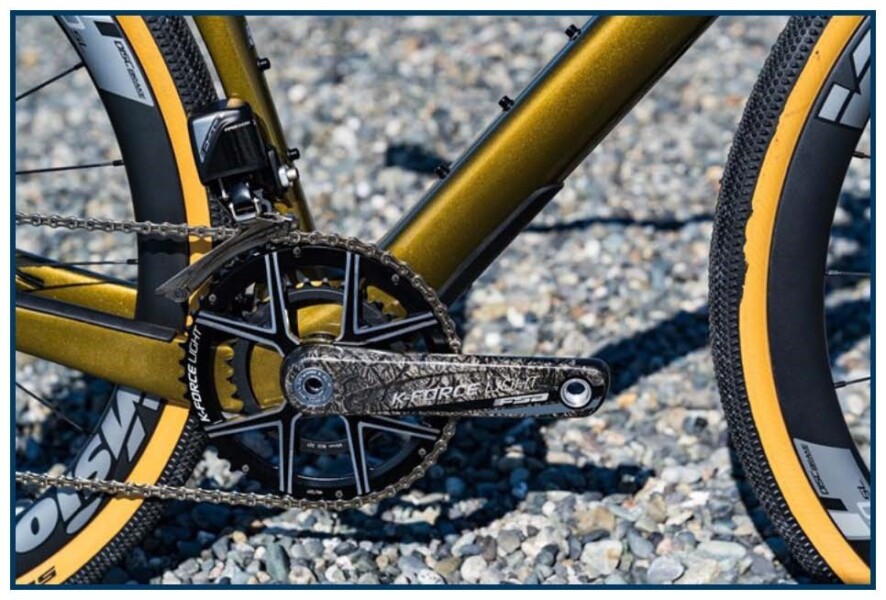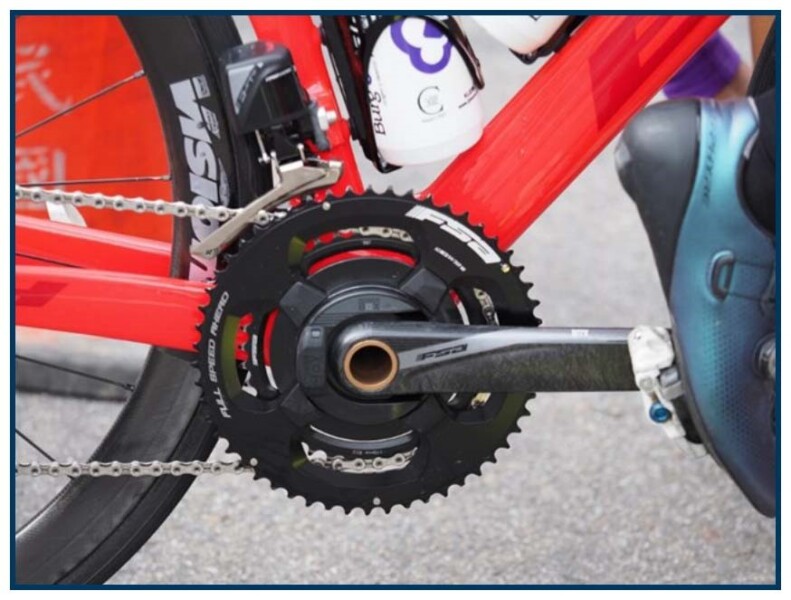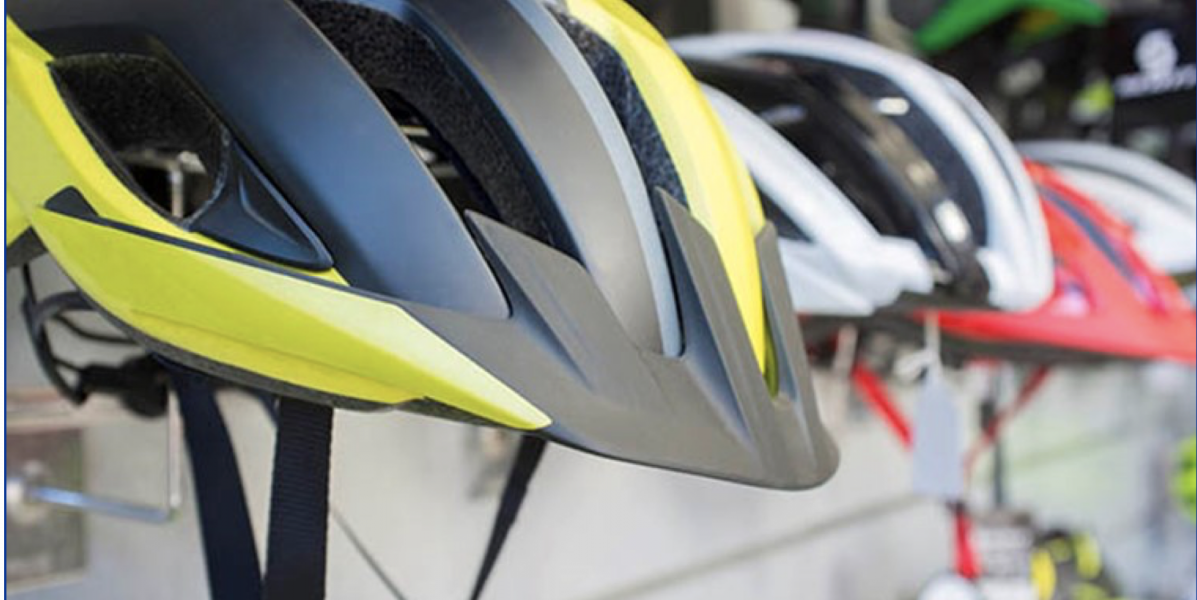HOW TO CHOOSE THE RIGHT CRANK LENGTH FOR YOUR BIKE
Choosing the length of the bike crank has always been an interesting topic. In fact, the correct crank length can improve both the biomechanical performance of the pedal stroke and reduce the risk of injury.
The Crank Length
The crank length represents the distance between the center of the bottom bracket and the center of the pedal axis. The most common lengths are 170, 172.5 and 175 mm, but it is possible to find crank between 150 and 180 mm in the market.
The goal when choosing crank length is to find the best possible balance and various factors must be taken into account when evaluating. In the past, anthropometric values (measurement of anatomic body parts) were the only useful reference in choosing the crank length. Recently, thanks to the availability of power meters and laboratory studies, it has been possible to carry out more in-depth assessments for making a proper choice.
Main Differences
A short crank reduces the circumference that the foot must travel to make a complete pedal stroke. The result is that, with the same ratio and force exerted on the pedal, it favors a higher cadence. Meanwhile, a longer crank allows a rider to push/pull harder ratios but makes it more difficult to maintain a high cadence.
So the shorter cranks are recommended for those who engage in competitions with numerous changes of pace and for those who naturally pedal with a higher cadence. Long cranks, on the other hand, are more suitable for constant efforts, like the time trials and also to those who prefer face many climbs at a constant pace, typical of a Gran Fondo.
That said, personal feelings and pedaling style cannot be overlooked. Those who prefer a pedal stroke of strength, at rather low cadences, could be better with a long crank; those who always travel at high cadences will have a more natural ride with a short crank.
Conclusions
There isn’t a universal rule since each rider responds differently to the change of crank size.
For an amateur, the advice is to avoid extreme choices in length and to refer to a table with anthropometric values (values based on height, inseam, rider weight).(1) However, if you are at the limit between two lengths, the most recent scientific analysis recommends taking the shorter measure since several advantages can be obtained at a biomechanical and postural level:
- reduced risk of a knee injury as well as decrease stress on lower back (especially for those experienc-ing lower back pain or problems).
- higher cadence at the same gear and power;
- greater flexion of the torso and therefore improvement of the aerodynamic position;
- improvement of breathing and reduction of pressure on the femoral arteries thanks to a more open hip-femur angle.
References:
- Crank Arm Length, Scott Mills, Bicycle Fit Specialist
- What is the Best Crank Arm Length, BikeRadar, Simon Von Bromley, 2021
- What is the Optimal Crank Arm Length For You, Best Bike Advice, Professional Online Advice





